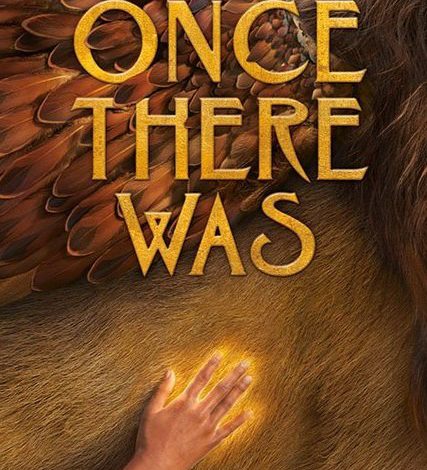A mixture of myths, legends, and folklore, Once There Was by Kiyash Monsef is an amazing book! A tapestry of James Herriot’s veterinarian expertise and Sherlock Holmes’ sleuthing, the book is simultaneously a fantasy and then a truth-telling narrative that reveals deeply philosophical truths. The leading lady in this drama is Marjan Dastani, an Iranian/American fifteen-year-old whose father is a veterinarian.
Jamsheed Dastani, “a man of education and wisdom, a man of compassion, a man you’d trust with your pet” (12) is much more than the sum of those visible parts. This mysterious and haunted man is weighed down by secrets and a mission that ultimately gets him killed.
He leaves behind a daughter who is angry, broken, and hungry for an explanation. As Marjan searches for answers, she finds more information than she is prepared to process. As she unravels the mystery, Marjan discovers that many of the childhood stories her father told, stories that always began “Once was, once wasn’t,” are actually true. These stories highlight mythical creatures and tell of the Hyrcanian Line—a path of descendants that explains a great deal about both Marjan’s identity and destiny.
While part of Marjan’s life is traditional—with high school and friends like Grace Yee and Carrie Finch—other parts are surreal. In these surreal parts, she interacts with Mallory Martel, a witch, with mythical creatures like unicorns and manticores, and with people with vision and greedy obsession.
Readers will follow along in shocked disbelief as well as smile at the hints of possibility. We recognize the depth of grief as readily as we give credit to the multiple degrees of anger—an anger that is powerful as well as destructive. We also realize the power of story and how it creates “a place that is real and not real, at the same time” (77), how the story world makes space for something bigger and older, stranger and more wonderful than the world in which we live. Story forms the pillars that enable us to hold up against life’s adversity; story at once grounds us and prepares us to understand the chaos of life.
Monsef gives readers the imaginative space to dream and to wonder. When we lose our ability to understand, he reminds us to listen to voices. “If there’s a voice in your head telling you something doesn’t feel right, you should listen. That’s your heart talking. And when there’s no code, your heart is the code. When there are no rules, your hearts knows the rules” (170).
The author further shares that our lives are all full of invisible wonders and struggles and monsters; that we’re only whole when we have our dreams, our hopes, our fears, and our imaginations.
Perhaps the novel’s greatest insight comes when Marjan discovers that happiness and contentment are little more than an illusion. The trick is to believe it until it’s true. “Belief, illusion, reality. We make our world, Marjan. It’s magic, and we do it every day.”
- Posted by Donna

